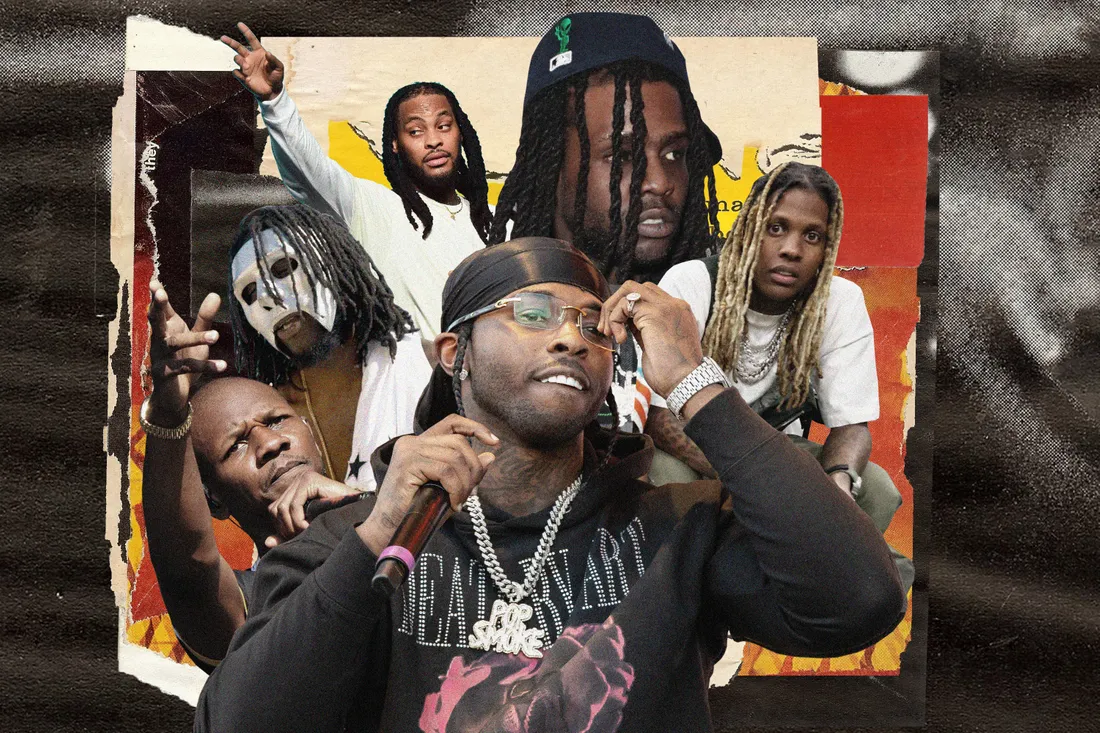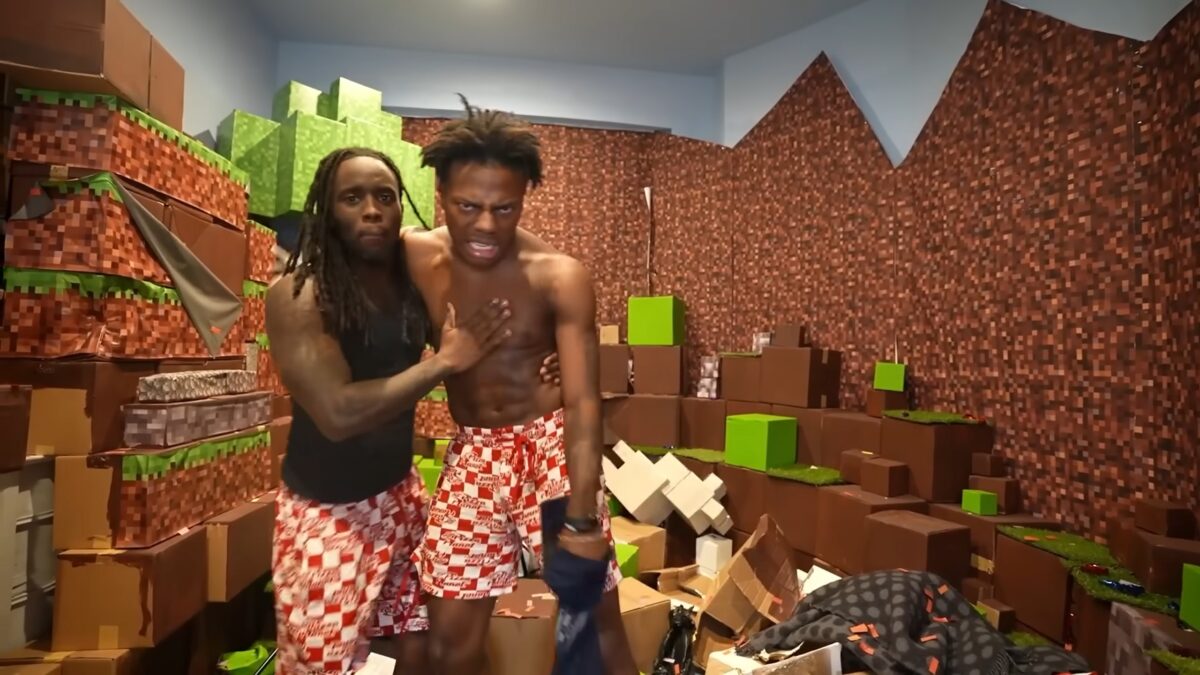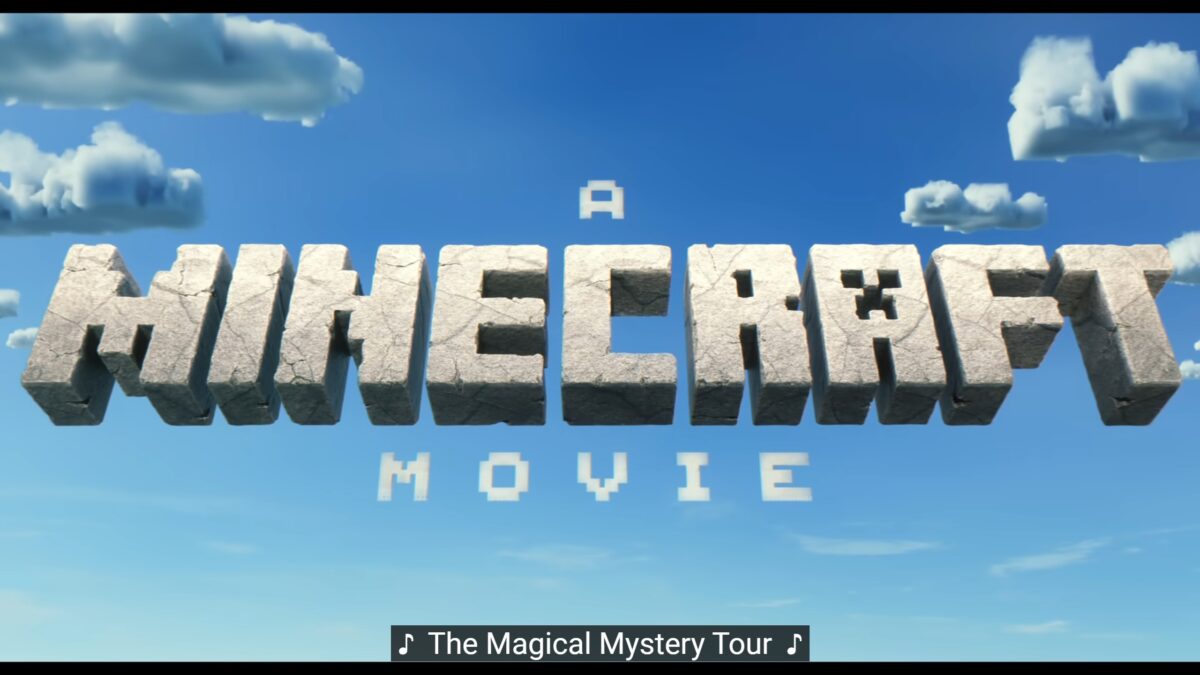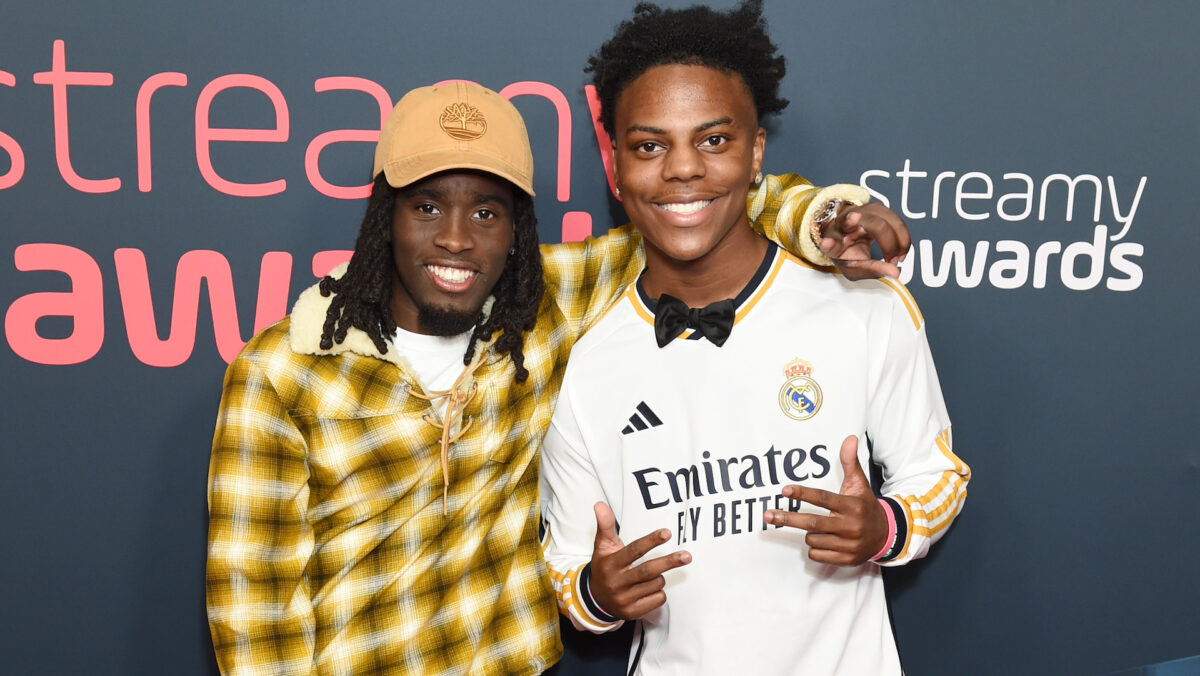Drill rap has taken the world by storm, evolving from the gritty streets of Chicago to the global stage and influencing mainstream culture in ways never seen before. Drill is a music subgenre that belongs to the genre of hip hop and originated in Chicago in the early 2010s. The music is often compared to trap music in terms of the sound and to the gangsta rap subgenre in terms of the lyrics. This genre, known for its hard-hitting beats and raw lyrical content, has not only redefined modern music but also left a mark on fashion, lifestyle, and social commentary.
Origins and Evolution of Drill Rap
Drill rap originated in the early 2010s on the South Side of Chicago, characterized by its dark, grim beats and lyrical portrayals of street life. Artists like Chief Keef, Lil Durk, and King Louie were the first to introduce this genre, bringing drill’s raw authenticity to the mainstream. As the genre gained traction, it crossed the Atlantic, finding a new home in the UK. UK drill, led by artists like Skepta, Stormzy, and Headie One, added a distinct British flavor, further broadening drill’s influence and cementing its place in global music culture.
Drill Rap and Mainstream Success
Drill rap’s breakthrough into mainstream success came with several key moments. Chief Keef’s “I Don’t Like” and Pop Smoke’s “Dior” are prime examples of drill hits that climbed the charts and resonated with a wider audience. Collaborations between drill artists and mainstream musicians, such as Drake and Giggs, have further pushed the genre into the limelight. Drill rap’s presence in movies, TV shows, and commercials highlights its pervasive influence, making it a staple in modern entertainment.

Influence on Fashion and Lifestyle
The influence of drill rap extends beyond music, profoundly impacting fashion and lifestyle. The genre’s association with streetwear like Nike, Adidas, and Off-White, blending urban aesthetics with high fashion. Drill rap has also played a significant role in shaping youth culture, with its fashion trends and lifestyle choices widely emulated on social media platforms like Instagram and TikTok. The genre’s gritty authenticity and unapologetic style resonate strongly with younger generations, making drill rap a powerful cultural force for the youth.
Lyrical Themes and Social Commentary
Drill rap’s lyrical content often delves into themes of violence, poverty, and survival on urban life. These themes, while controversial, offer a glimpse into the harsh realities faced by many artists and their communities. Drill rap serves as a voice for marginalized groups, highlighting issues often overlooked by mainstream media. The genre’s raw storytelling and unfiltered perspective have sparked important conversations about social justice and systemic inequality
Controversies and Criticisms
Despite its success, drill rap has faced significant controversies and criticisms. The genre’s association with violence and crime has led to scrutiny from law enforcement and politicians, with some calling for bans on drill music. Critics argue that drill rap glamorizes violence, while supporters defend it as a reflection of real-life experiences. Artists and fans alike emphasize the need to address the root causes of the issues portrayed in drill rap, rather than censoring the music itself.
The Future of Drill Rap
As drill continues to evolve, its future looks promising. Emerging artists are pushing the boundaries of the genre, experimenting with new sounds and lyrical styles. The potential for further mainstream integration remains high, with drill rap influencing other music genres like pop and electronic music. As the genre grows, its cultural impact is likely to expand, continuing to shape and redefine modern pop culture.
Conclusion
Drill rap’s journey from the streets of Chicago to the global stage underscores its profound impact on pop culture. The genre’s influence on music, fashion, and social commentary is undeniable, reflecting its powerful ability to resonate with diverse audiences. As drill rap continues to evolve and inspire, its legacy will endure, leaving a lasting mark on contemporary culture and beyond.





